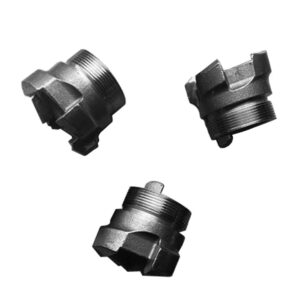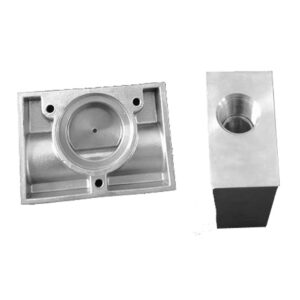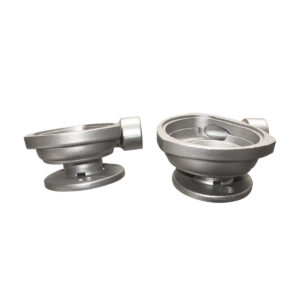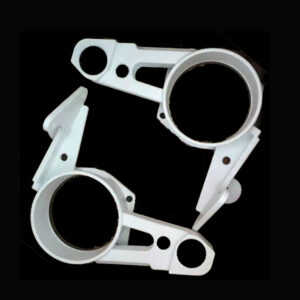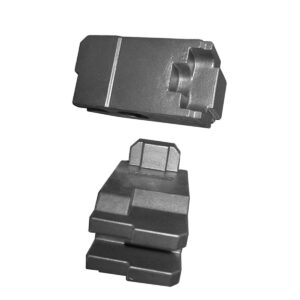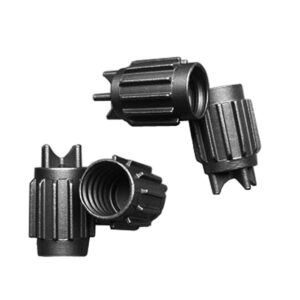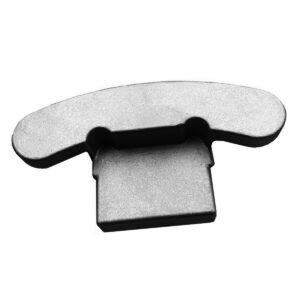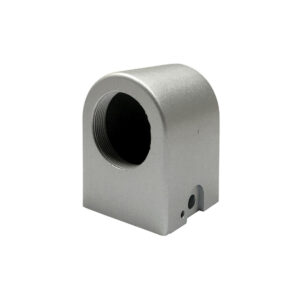
Precision Investment Casting: 7 Core Processes for ±0.05mm Accuracy from Wax to Finished Part
Introduction ️ In precision investment casting, achieving ±0.05mm dimensional accuracy is the difference between meeting aerospace tolerances and costly rework. As a NADCAP-accredited foundry supplying global leaders, we’ve refined 7


